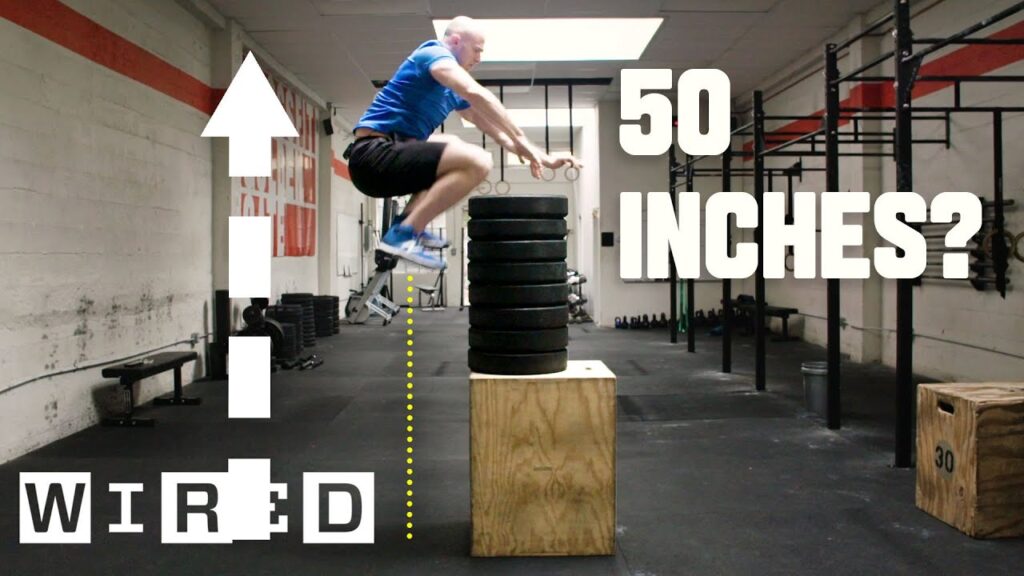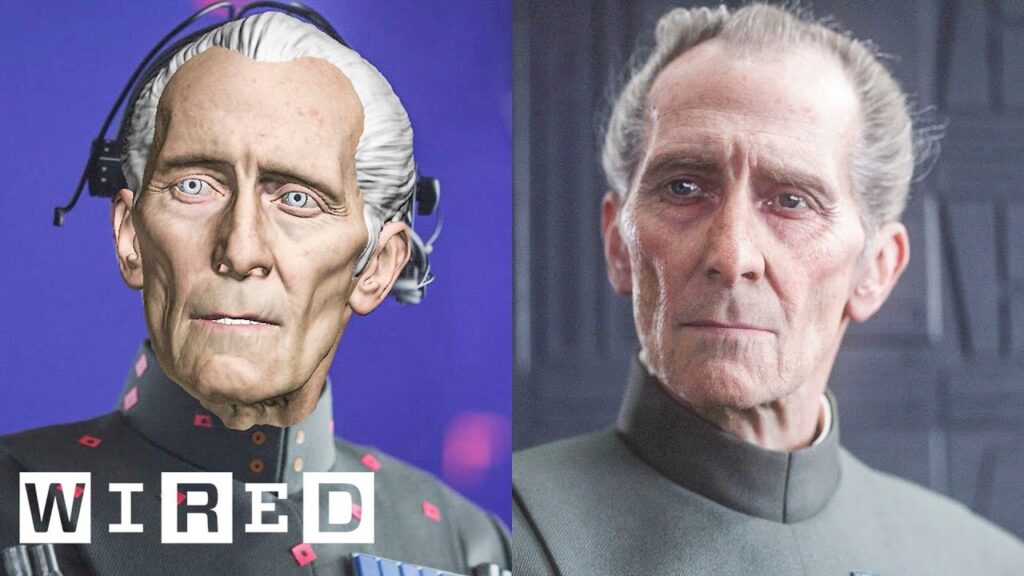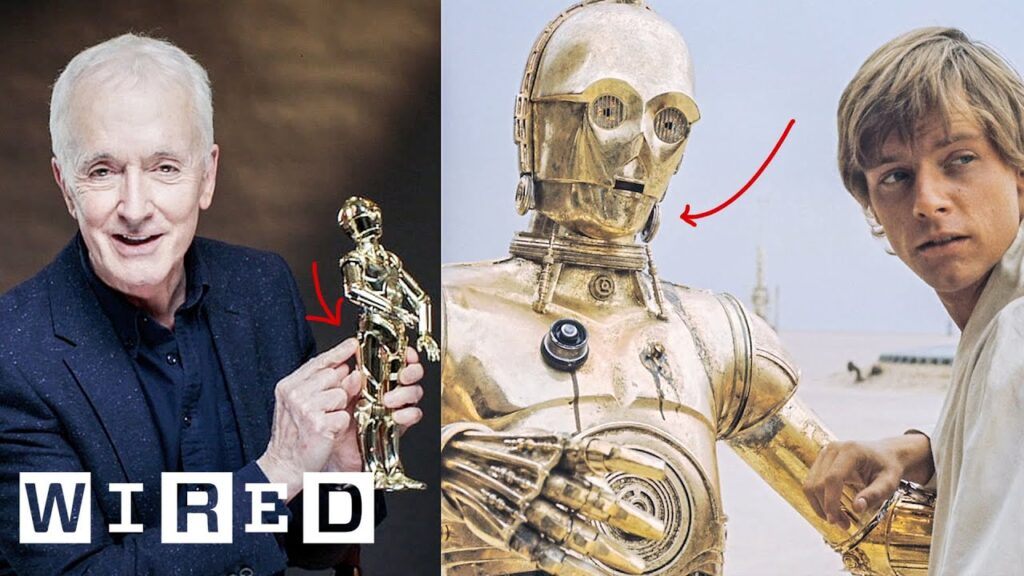Exploring Mars in Mixed Reality with the Microsoft HoloLens
Summary
In this blog post, we explore NASA’s Jet Propulsion Laboratory’s use of cutting-edge technology like the Microsoft HoloLens to design spacecraft and chart missions on Mars. Mixed reality, which integrates the virtual world and the real world, offers a new way to interact with detailed models that goes far beyond traditional computer screen interactions. By bridging the gap between the digital world and the real one, we can experience incredibly detailed models in ways we never could before.
Table of Contents
- What is mixed reality, and what makes it different from virtual reality?
- How does the Microsoft HoloLens work and what are its key features?
- How is NASA’s Jet Propulsion Laboratory using the HoloLens to design spacecraft and chart missions on Mars?
- What are the limitations of mixed reality in designing models of Mars?
- Can anyone download and check out Mars with the HoloLens, and what are NASA’s plans for public access in the future?
- What are the implications of mixed reality for space exploration beyond Mars?
- Conclusion
What is mixed reality, and what makes it different from virtual reality?
Mixed reality is a hybrid between the virtual world and the real world, offering a new way to interact with detailed models that goes far beyond traditional computer screen interactions. Unlike virtual reality, which creates a completely computer-generated environment, mixed reality integrates holograms into the user’s surroundings, using real-world data to create an interactive virtual experience. This allows users to see and interact with the virtual world while remaining immersed in the real world.
How does the Microsoft HoloLens work and what are its key features?
The Microsoft HoloLens tracks the user’s movements and allows them to walk around a room while still seeing real data sent back by either the Curiosity Mars rover or by satellites in orbit. The holograms are actual photos of the Martian landscape, offering an immersive experience that makes it feel like you’re really on the planet. The device allows for air tap gestures and real-time movement that mimics the user’s body movements.
How is NASA’s Jet Propulsion Laboratory using the HoloLens to design spacecraft and chart missions on Mars?
NASA’s Jet Propulsion Laboratory uses the HoloLens to design spacecraft and chart missions on Mars, allowing scientists and engineers to confidently and comfortably walk around on the Martian surface. The HoloLens offers a window into an alternate reality where they can manipulate the data sent back by either the Curiosity Mars rover or by satellites in orbit using hand gestures. It also allows users to add notes and annotations to the virtual reality image, making it a mission operational tool for mission scientists.
What are the limitations of mixed reality in designing models of Mars?
While the HoloLens offers a window into an alternate reality where users can see and manipulate the virtual landscape, there are limitations to the technology. The terrain experience is still lacking, making it difficult for a user to feel like they are actually climbing up or going down a hill. Additionally, image resolution is lost when the user gets close to a virtual object.
Can anyone download and check out Mars with the HoloLens, and what are NASA’s plans for public access in the future?
NASA recently announced a public version of the HoloLens experience at the Kennedy Space Center this summer. They plan on bringing a full-scale model of the 2020 Mars rover into the public space, making it possible for anyone to interact with the technology.
What are the implications of mixed reality for space exploration beyond Mars?
Mixed reality has enormous potential for space exploration beyond Mars. Scientists can take real-time data collected from Mars rovers and design models of different space environments for space exploration. Mixed reality can also be used to train astronauts and engineers on Earth before they are sent to other planets.
Conclusion
Mixed reality offers a new way to interact with models that goes far beyond traditional computer screen interactions. NASA’s Jet Propulsion Lab’s implementation of the technology in the HoloLens to design spacecraft and chart missions on Mars offers a window into an alternate reality where users can manipulate real-time data from the planet. The public release of the technology at the Kennedy Space Center this summer makes it possible for anyone to interact with the technology and explore the possibilities of mixed reality.







